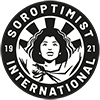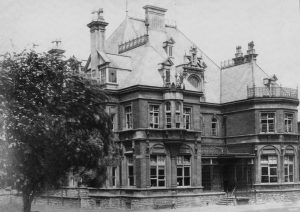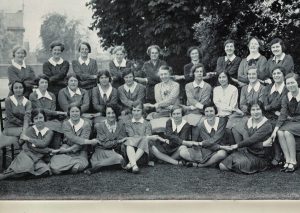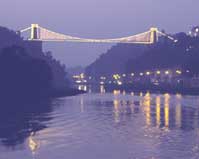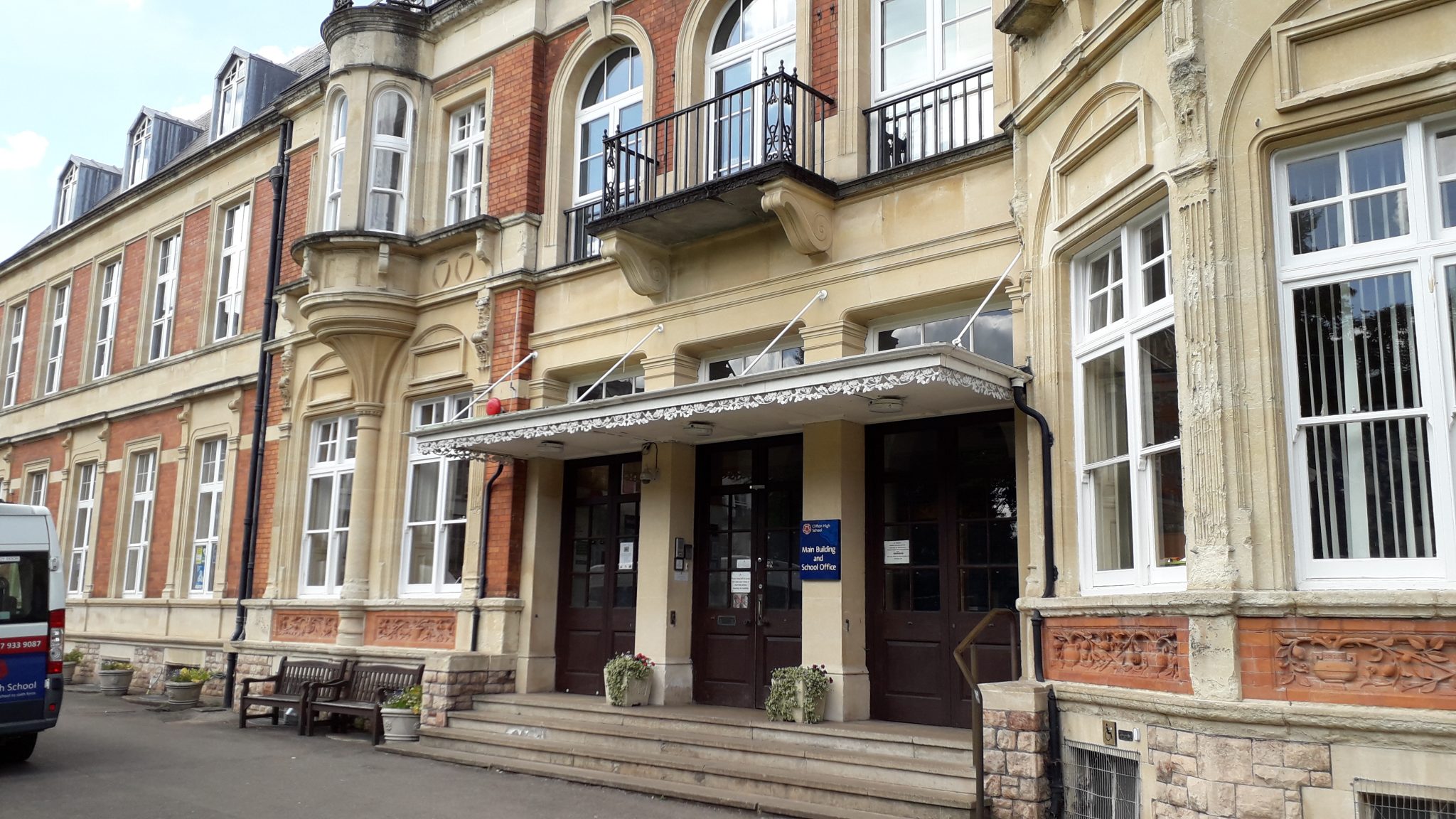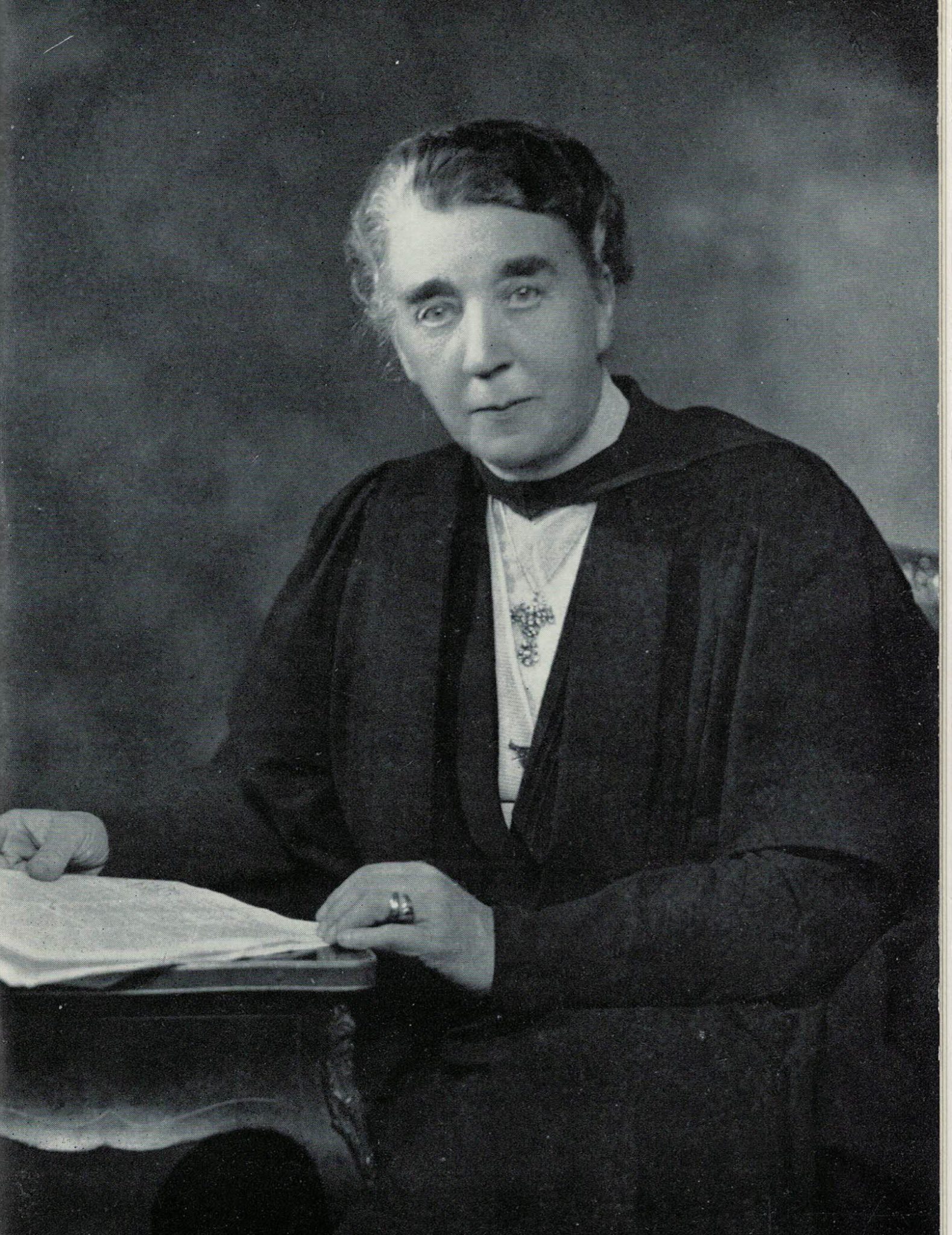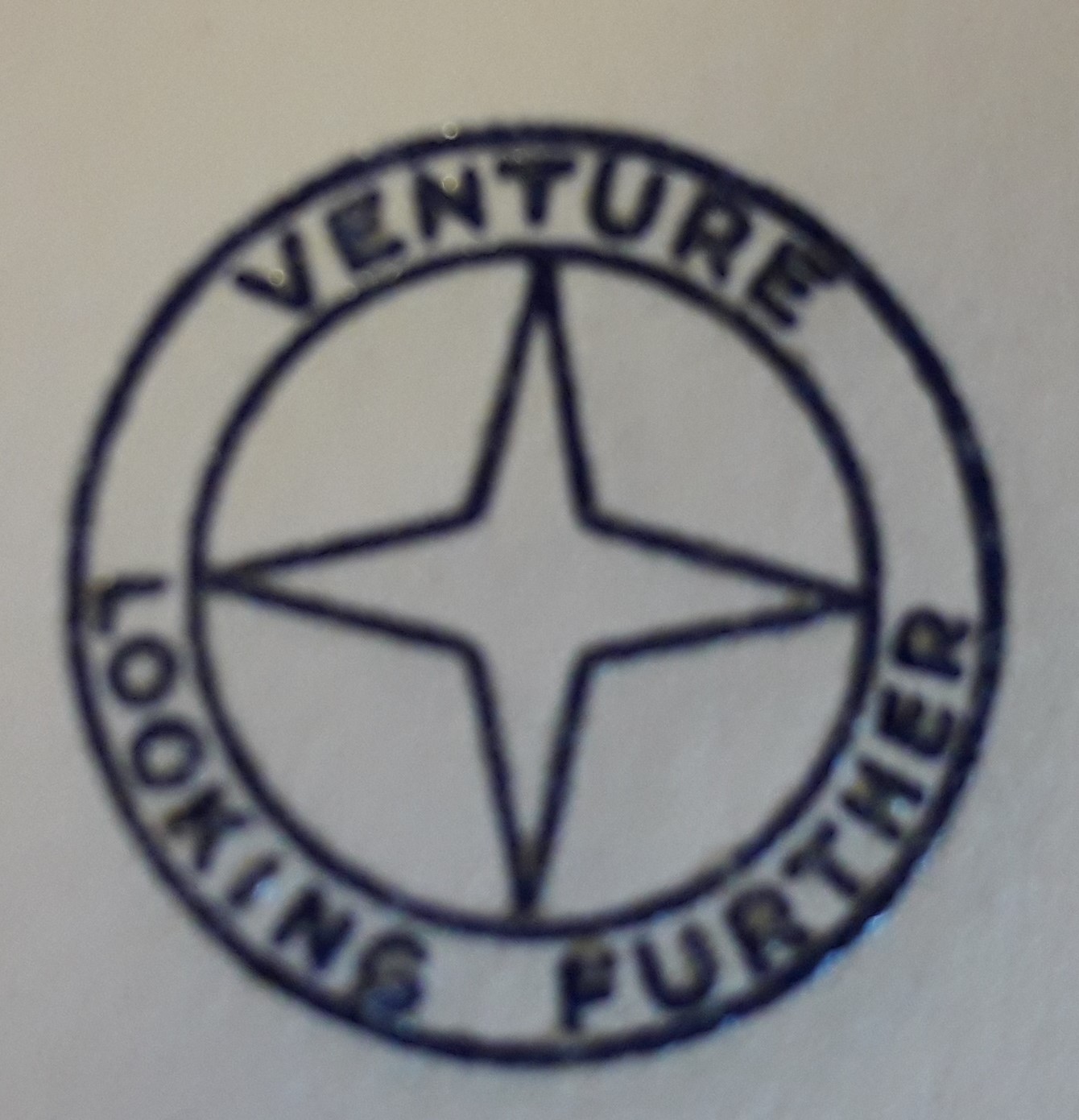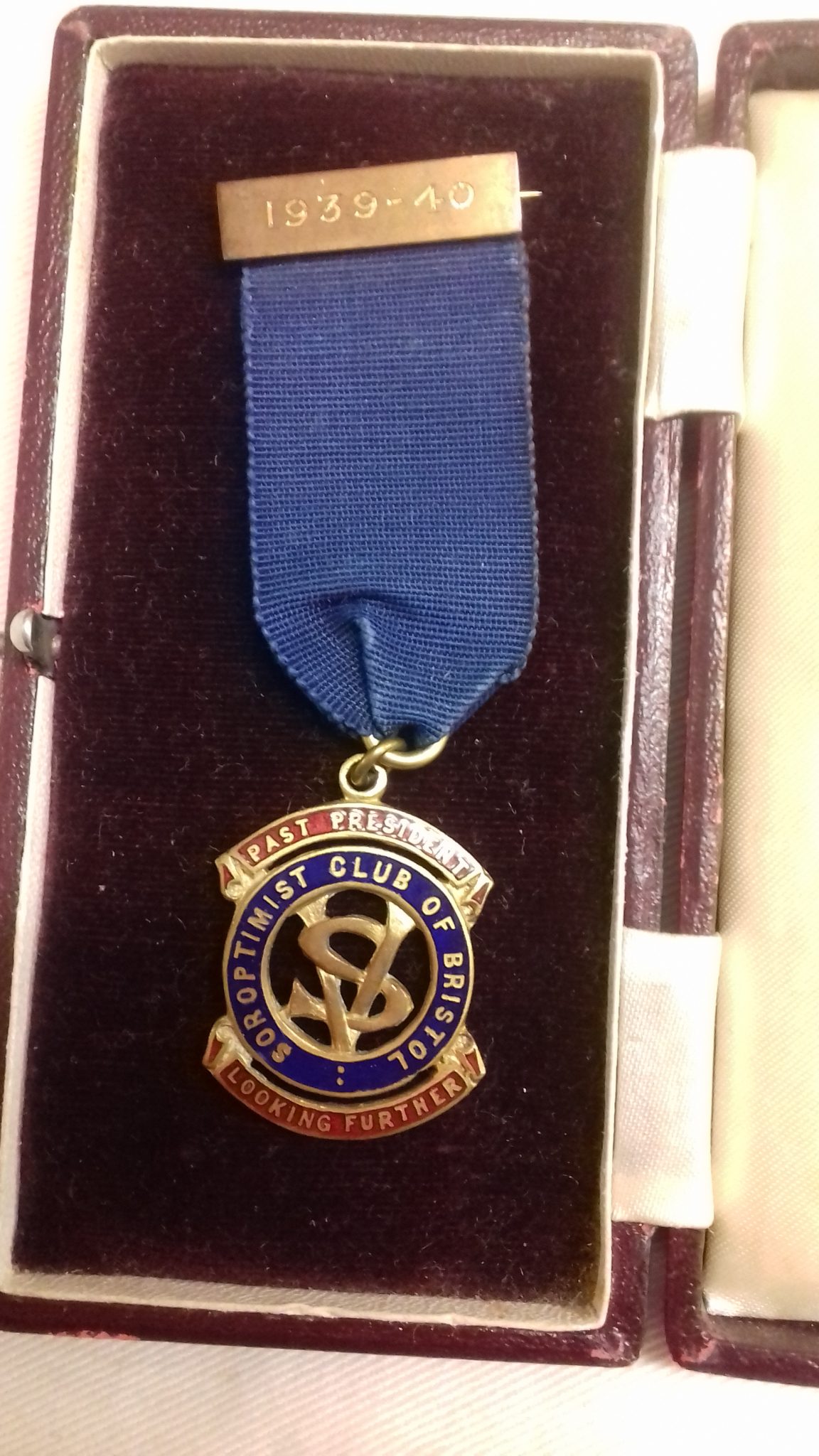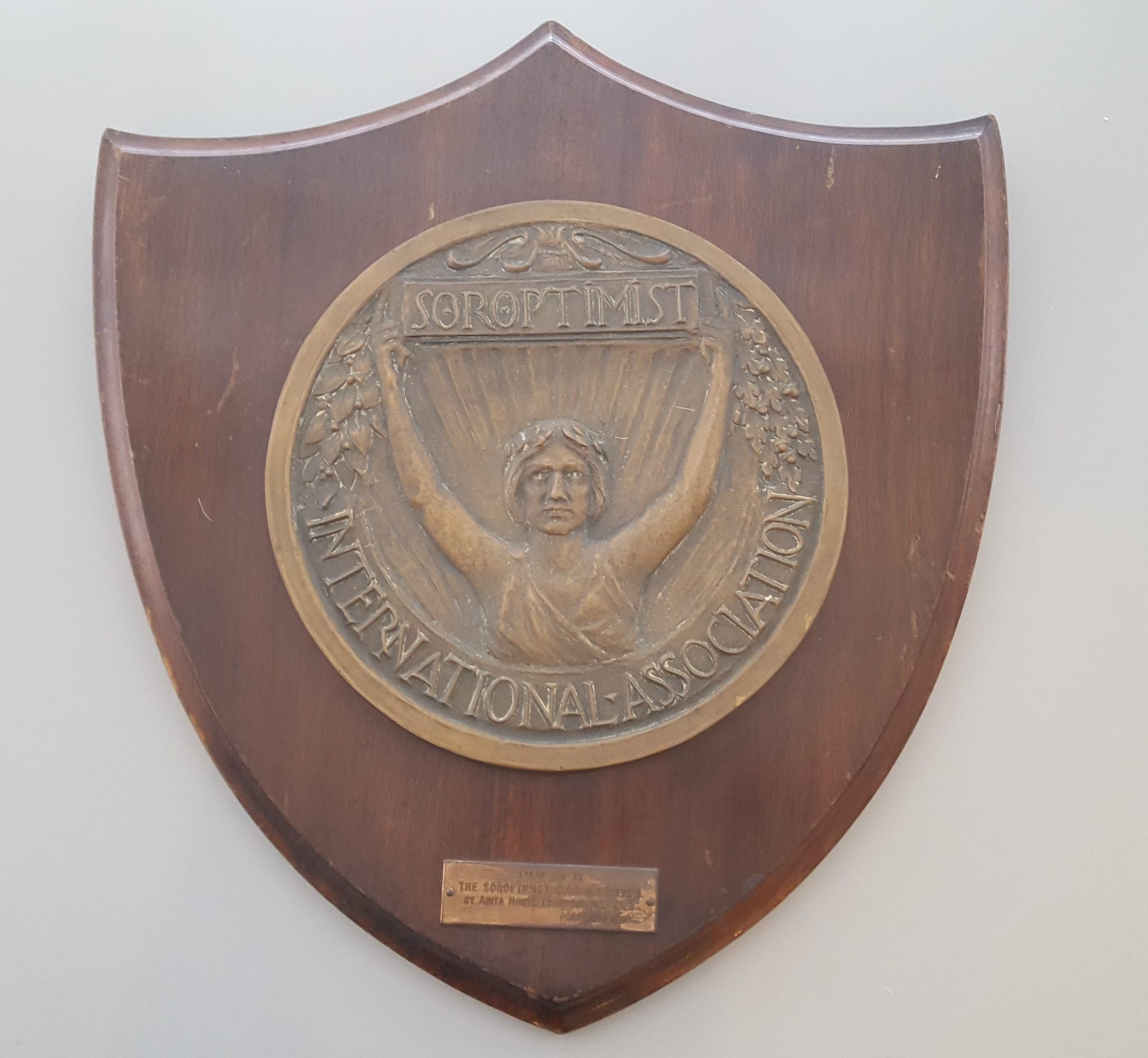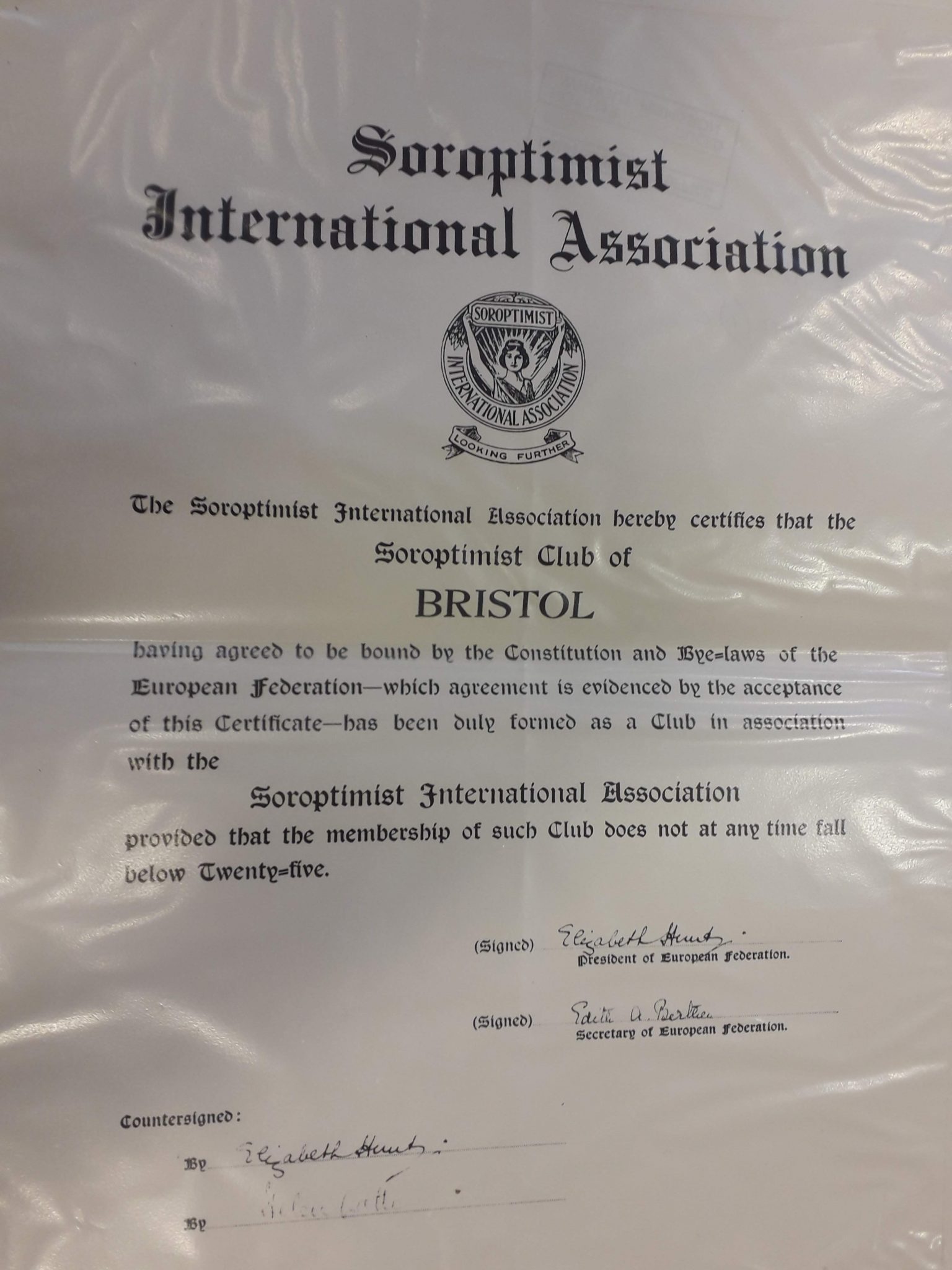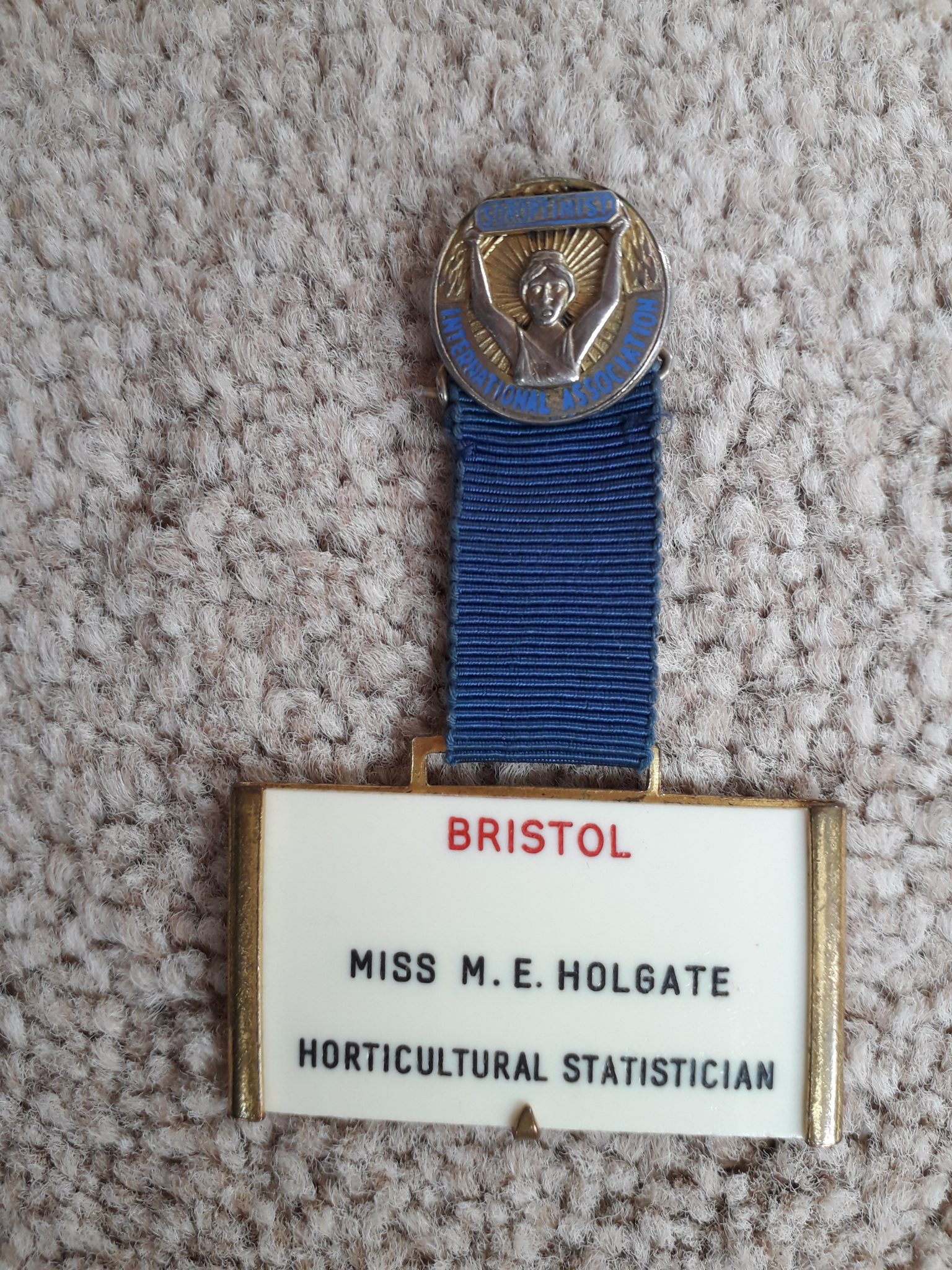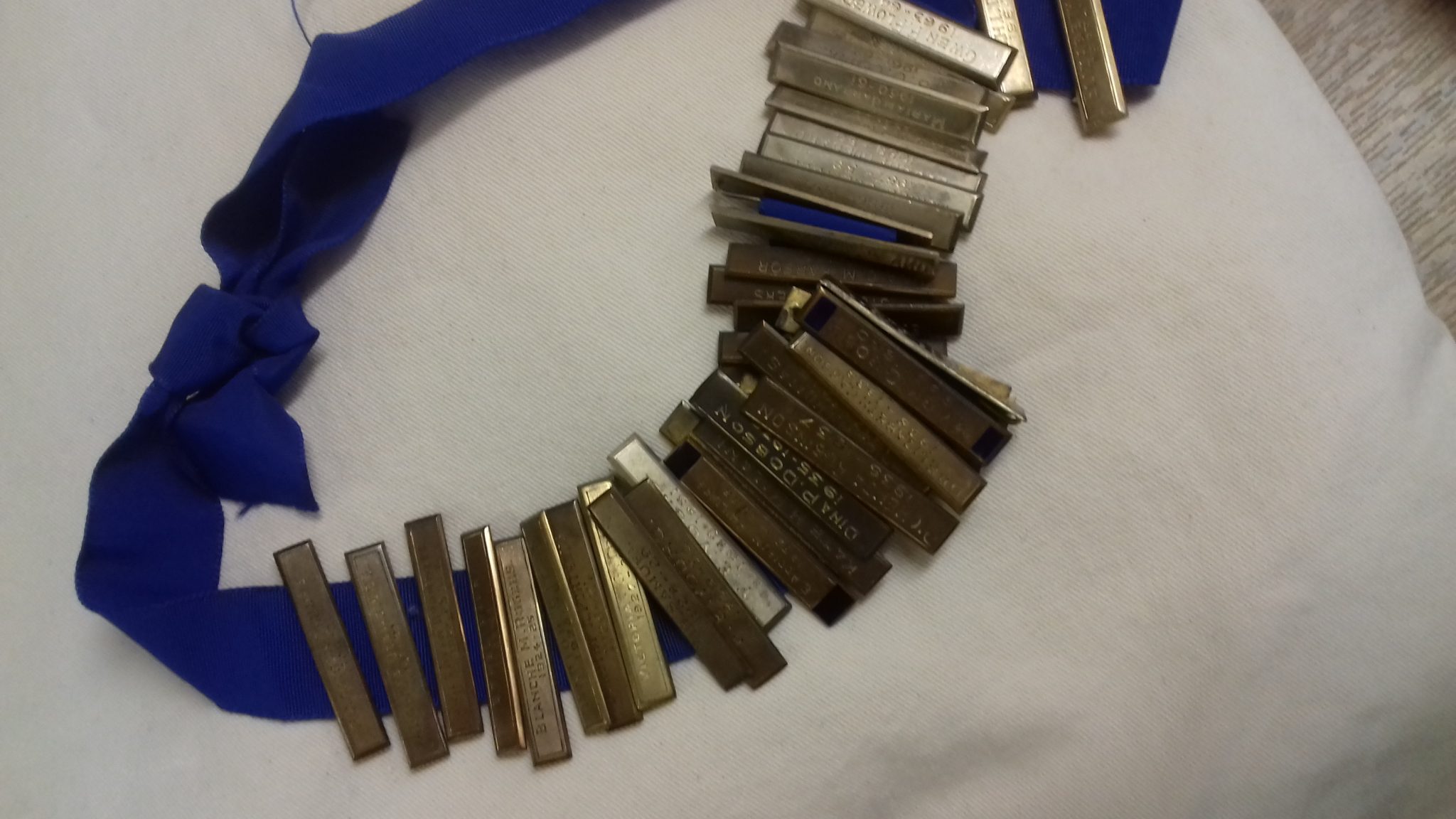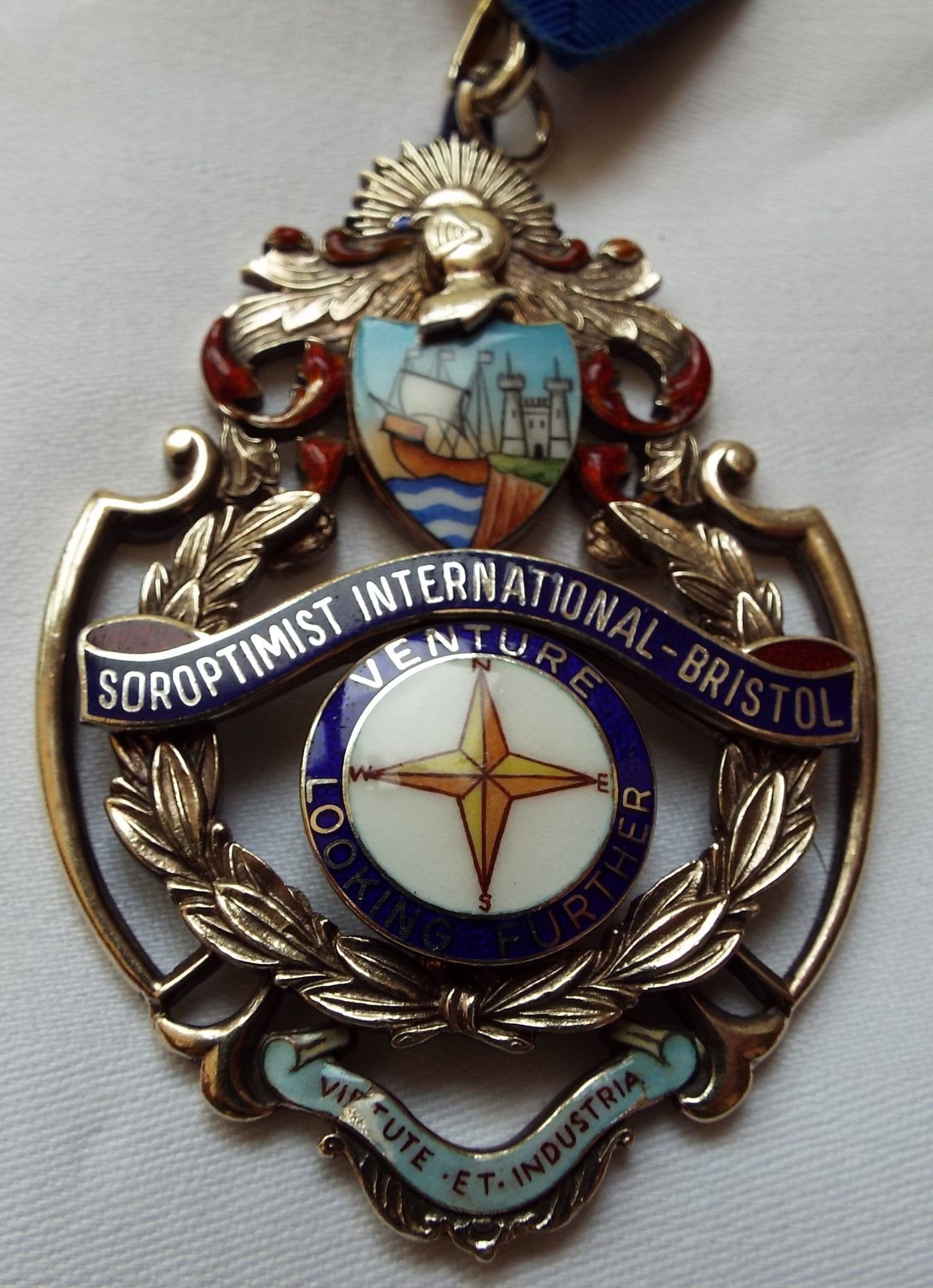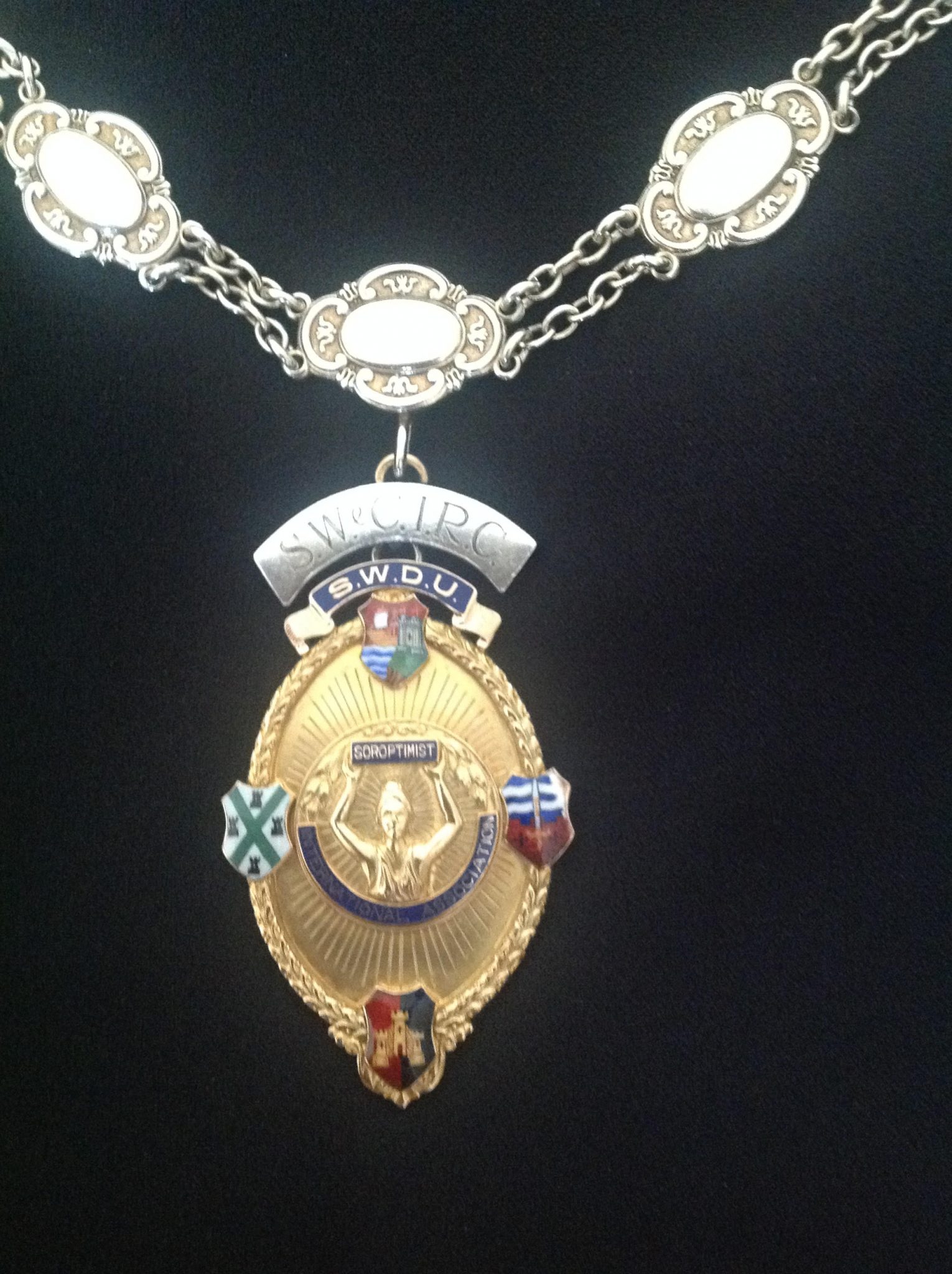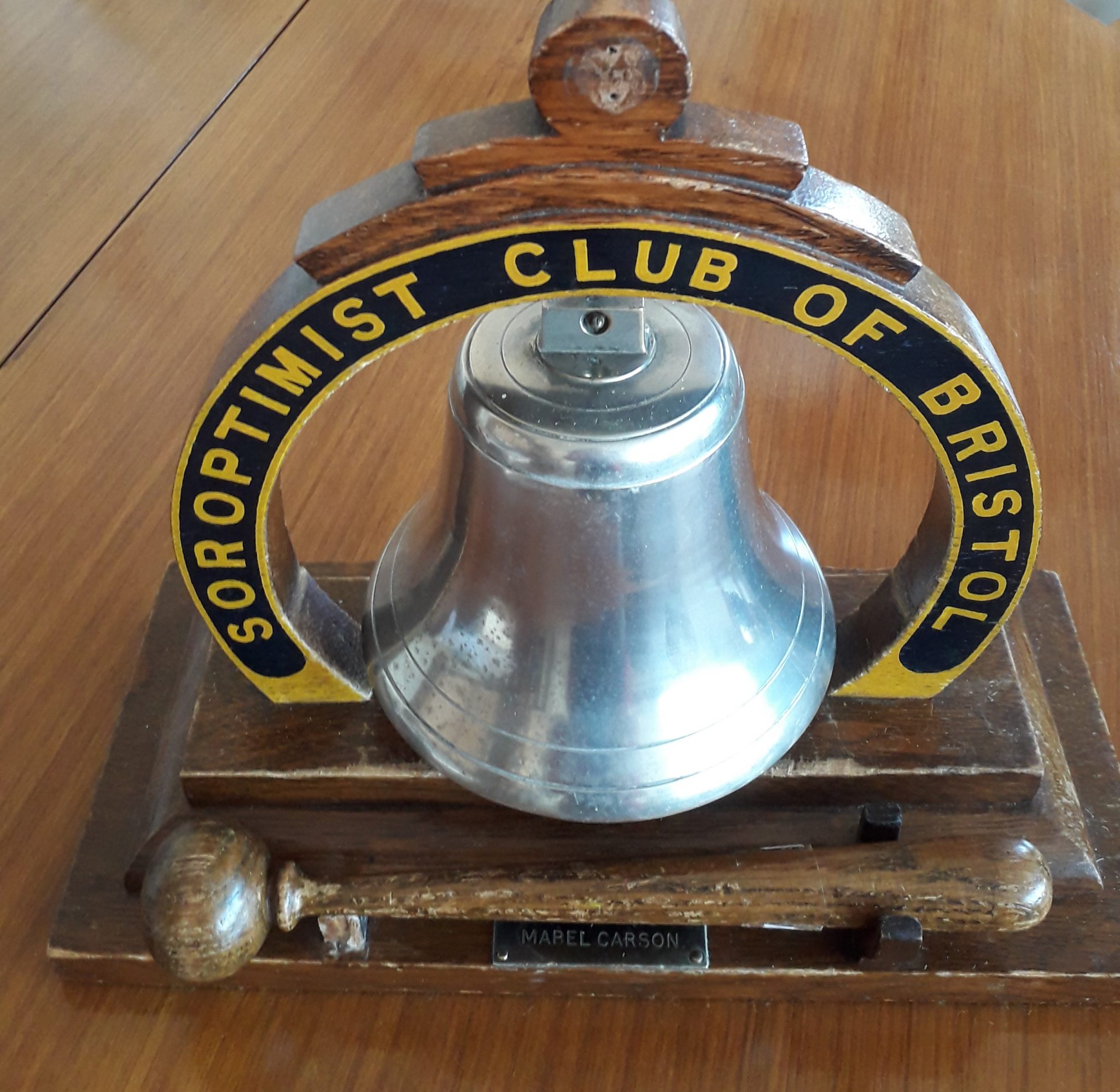Between 1925 and 1930, the Service Committee Minutes documented that Club members organised whist drives, dinners, bridge drives, dances, fètes, tennis tournaments, general knowledge quizzes, social evenings, theatrical parties, supper with impromptu charades, sale of ice cream, bring and buy sales, put-and-take sales, and afternoon teas. Money raised was used to establish the Club’s Benevolent and Charitable Funds. The Finance and Social Committee organised Children’s parties, social evenings, summer outings, President’s receptions, a Bridge Drive and took part in a Careers Advisory scheme. Members on this committee visited sick members.
With the existence of six Venture Clubs, the notion of forming an Association was put forward. On 5th May 1927, representatives from Central London Club [9 members], Bristol Club [2 members], South West London Club [8 members] and Croydon [1 member] Venture Clubs met in Bristol. Bath and Halifax Venture Clubs were unable to send a representative. The Association of Venture Clubs was formed with Miss Philips as the President, Miss Kingdom as the Honorary Secretary, a Board of Directors, Officers and a Council. The original Certificate for Bristol is in the Bristol Archives and reads: “This certifies that the Venture Club of Bristol, Gloucester County having duly organised and having agreed through its officers and members to be bound by the Constitution and Bye-Laws of the Association of Venture Clubs, which agreement is evidenced by the acceptance of this certificate, is now a duly elected member of the Association of Venture Clubs, Club No 1 and is certified to all rights and privileges of such membership.” It has a wax seal and was signed by Eleanor Addison Phillips, President and ME Kingdom, Secretary”
The first conference of the Association of Venture Clubs was held in Bristol from 22nd to 24th June 1928. Members of the six extant Clubs (Bristol, Bath, Central London, SW London, Croydon, and Halifax) attended and Miss Phillips presided. A badge of office for the President of the Association of Venture Clubs was made and this actual badge is now on display in No 63 Bayswater Road (more information about this badge will be given in a subsequent article). In 1929, the second Conference of the Association was held in Bath and at this AGM it was agreed that “each Club have one representative on the Board until the number of Clubs reaches 12”.
On 30th September 1929, the Council of the Association of Venture Clubs voted that “there should be a uniform date for election of Officers of every Club and that annually there should be a leaflet giving names of Officers as well as day, place and time of meetings”. They also proposed a uniform procedure for the Induction of new members: “It is my privilege as President of the __________ Club to welcome you as a member. Your duties as a Venturer should be – service to your fellow beings, a high ethical standard of business, and regular attendance at meetings. You have nothing to expect of Venture in the way of personal gain – you can only get out of Venture what you put into it. I now offer you the right hand of friendship which signifies your entry into the local Club, and links you with Venturers everywhere. Fellow Venturers, I commend to you our new member who represents ______________ and charge you not to fail in your duty towards her.”
***********************
Other Women’s Clubs and lead up to Amalgamation of Venture and Soroptimist Clubs (posted 30th July 2019)
Other Women’s Service Clubs
Before telling about the amalgamation of Venture and Soroptimist Clubs, at is worth briefly mentioning other women’s service clubs. It was not just in England that, following WWI, many women wanted to continue employment and equality. To this end, Quota Club International, Inc. was founded in Buffalo, New York on 6th February, 1919 by Wanda Frey Joiner as a Service Club for women, similar to popular all-male clubs. This was one year before U.S. women were granted their right to vote. The Quota Club became international in 1925 when a club was formed in Winnipeg, Manitoba, Canada. Quota International, Inc. continued to grow in Canada and eventually extended to Australia, New Zealand, India, the Philippines, Malaysia, Fiji, Aruba, Curaçao, Saint Eustatius, the Netherlands, and Suriname. Nearly a century later, in 2016, membership exceeded 5,600 (and included both women and men) in more than 270 Clubs in 14 countries. Quota International, Inc. is a non-profit organisation empowering women, children, the deaf, and hard of hearing in local communities around the world.
At least two other women’s Service Clubs were formed prior to 1920. In 1917, ‘Altrusa’ was founded and incorporated as a national organisation in Nashville, Tennessee; later it became international. In November 1919, ‘Zonta International’ was established in Buffalo, New York to advance the status of women and became an alternative to Quota International, Inc. Members in these Clubs were executives in business or professions and, like Venturers and Soroptimists, they sought “to create a worldwide network of service and friendship in order to improve the quality of life for women, with a commitment to high ethical standards.” However our research did not reveal specific criteria for membership in these Clubs or documentation that the Clubs operated under the Classification Principle. Thus, Bristol’s Venture Club differs from these women’s Service Clubs in that it was one of the first, if not the first, Women’s Classification Club.
The First Soroptimist Club
Stuart Morrow, an organiser of men’s service clubs, visited the Parker-Goddard Secretarial School in Oakland, CA where he expected to find a man at its head. Instead, he found that Miss Mabel Parker and Miss Adelaide Goddard owned the school. Realising his mistake, Morrow excused himself but as he was leaving Miss Goddard said she would be interested in joining such a club for women. The consequence of this remark was the formation of a Classification Club for Women – the first Soroptimist Club – on 3rd October 1921. The name ‘Soroptimist’ was coined from the Latin ‘soror’ meaning ‘sister’ and ‘optima’ meaning ‘the best’. The name is often interpreted as ‘best for women’ or ‘best of sisters’. The original insignia was a simple SC in a gold rectangular pin.
The first President of the Alameda County Soroptimist Club was Miss Violet Richardson (later Mrs Violet Richardson Ward), who was a great fighter for equal pay for woman and a pioneer of physical education. Before accepting the Presidency, she made two conditions: “(i) it be a service organization and not simply another social club, and (ii) it be international”. Many members, who had not known each other prior to joining the Soroptimist Club, were inclined toward formality and never used given names. However, Violet asked that they all use given names rather than surnames and to show she was serious suggested there be a fine of $1 for each infraction! The Club met weekly, debating service projects and hearing speakers on various worldwide issues that broadened members’ horizons. Originally the Club was known as the Alameda County Soroptimist Club. In 1928 the name was changed to the Oakland Club, when a second Soroptimist Club (Berkeley) in the same county was formed.
The purpose of Soroptimism was stated “To foster the spirit of service as the basis of all worthy enterprises and to increase the efficiency of its members in the pursuit of their occupations by broadening their interest in the social, business and civic affairs of the community through an association of women representing diverse occupations.” The Objects were: “(i) to promote the objects of Soroptimism throughout the world, and (ii) to co-operate with inter-governmental and other organizations for the advancement of international understanding, goodwill and peace.”
The first project undertaken by the Alameda County Soroptimist Club was to save the giant, ancient redwood trees in California, which were being felled unmercifully. They lobbied the legislature, took on the powerful logging companies, and won public support that resulted in a major portion of the forest being set aside as protected land, which still exists today.
American Federation of Soroptimist Clubs
During 1922, Soroptimist Clubs had been chartered in San Francisco, Los Angeles, and Washington DC and by 1926 more than a dozen Soroptimist Clubs had been formed along the Pacific and Atlantic coasts. Following several discussions, in 1928 at a meeting in Washington, DC, the American Federation of Soroptimist Clubs was formed. Interesting that this was the same year the Association of Venture Clubs was formed.
The American Federation was renamed in 1958 to ‘Soroptimist Federation of the Americas’ and in 1974 to ‘Soroptimist International of the Americas’.
Soroptimist International Association
Despite their similarity, neither the Association of Venture Clubs nor the Soroptimist Movement was aware of the other’s existence. Thus, in 1923 when Stuart Morrow visited London, he persuaded Lady Falmouth to start the Central London Soroptimist Club, which received its charter in 1924 from Morrow. Thus the Soroptimist Movement became international. The London Soroptimist Club was active in extension and formed Clubs in Manchester (1926), Edinburgh, Glasgow and Liverpool (all in 1927).
In 1924, Stuart Morrow introduced Suzanne Noël to Soroptimism. Her 13-year-old daughter had died and the tragedy had left Suzanne Noël looking for a meaningful endeavour. She formed a Club in Paris in 1927 with 93 members. By 1929, through her initiatives, Soroptimist Clubs were founded in the Hague, Amsterdam, Milan, and Vienna. In 1937, Edith Glanville formed the first Soroptimist Club in Sydney.
In 1927, there was a meeting of Soroptimist Clubs in San Francisco but delegates from Clubs in the UK and Europe were unable to attend. An “International Federation” was formed but it was not accepted by the Soroptimists outside of North America. At the end of 1927, Soroptimist Clubs in England, Scotland, France, Holland and Italy held their own meeting in London and formed the European Federation of Soroptimist Clubs. In 1928, representatives from all 16 American Clubs, 1 Canadian Club, and 8 representatives from Clubs in the European Federation attended the Washington DC Conference and the two Federations were formally adopted: the American Federation of Soroptimist Clubs (including Canada) and the European Federation of Soroptimist Clubs (including Great Britain). Furthermore, they united to form the Soroptimist International Association.
In advance of the 1928 meeting, a competition was organised to find a suitable emblem for the Soroptimist International Association and numerous designs were submitted. According to the minutes of the 1928 meeting, the Insignia Committee whittled down the entries prior to the meeting and submitted two for a vote of the meeting’s delegates. They chose the design by Anita Houtz Thompson, a member of the Alameda Club. The plaque with the original casting of the emblem is in the Soroptimist Archives in Philadelphia (Photograph courtesy of The Soroptimist Archives, Soroptimist International of the Americas, Inc., Philadelphia, Pennsylvania). The tag at the bottom of the plaque says, “PRESENTED TO THE SOROPTIMIST CLUB OF OAKLAND BY ANITA HOUTZ THOMPSON DESIGNER”.

